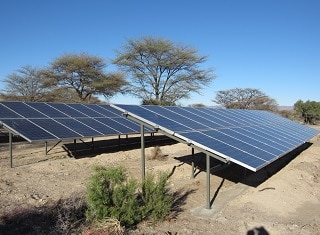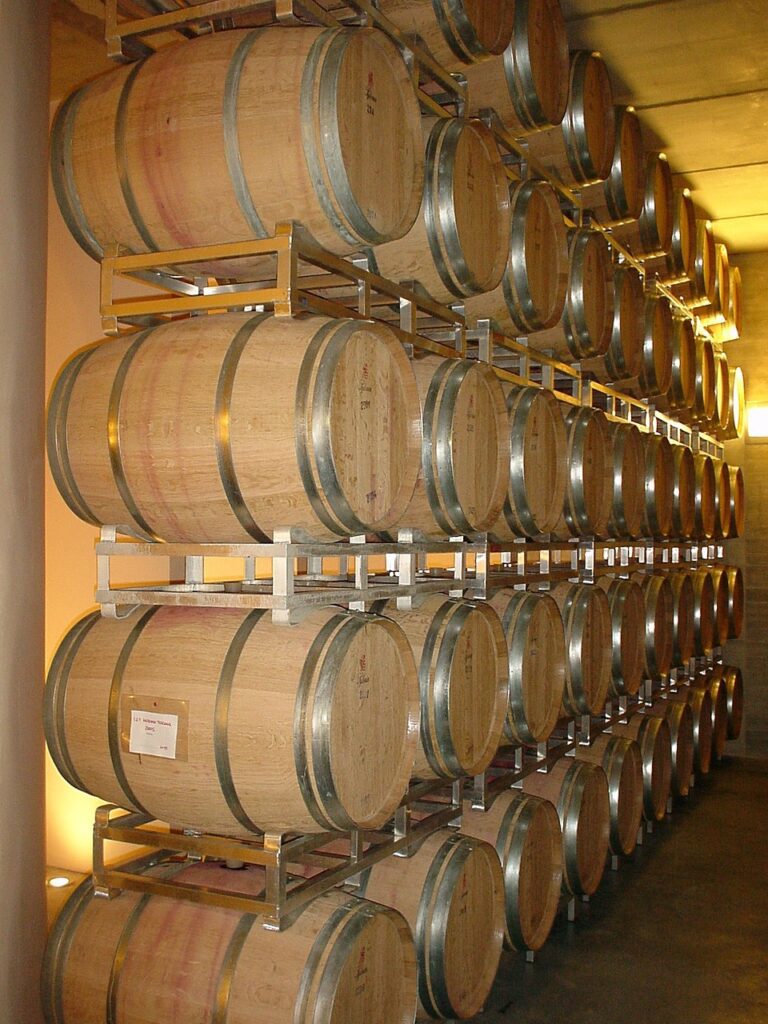
Sun panels are one of the ways to save electricity.
The local supply of electricity stumbles from one failure to another. Load shedding has become a reality in South Africa, but unfortunately not even the supplier knows when it will be implemented. The energy bill of cellars has multiplied over recent years and everything must be done to limit its effect.
Cooling fulfils a key role during winemaking. It can be utilised during the settling process for juice clarification, cold fermentation, cold stabilisation or during the storage of wine at low temperature. If cooling during these processes can be decreased it will have a huge influence on the electricity bill of cellars. Although a complete substitute for cooling does not necessarily exist, a holistic approach should exist to at least decrease it.
It is difficult to replace cooling during cold fermentation, but the later storage of wine at lower temperatures can probably be improved by preventing a temperature rise after the completion of alcoholic fermentation. This can be obtained by using specific building material and isolation. Cement panels with foam isolation can for example be used. Another alternative is the building of cellars completely or partially underground, in which case a proper drainage system must however be designed. Although cooling will still be required, it can be decreased by up to 80%. Evaporation losses can also be limited. Underground building costs are however high and it is difficult to adjust to existing structures.
It is easier to replace the cold stabilisation for tartrate stabilisation by using additives like carboxymethylcellulose (CMC) or potassium polyaspartate (KPA). In the case of young red wines these additives will not stabilise their colour like cold stabilisation. The additives also do not remove the excess tartrates, but prevent their crystallisation. From a financial point of view, CMC (AUS$10/1 000 L) is much cheaper than cold stabilisation (AUS$45/1 000 L) or cold stabilisation with cream of tartar seeding (AUS$80/1 000 L). The mechanical process of electrodialysis, which removes potassium ions from the wine is also an alternative for cold stabilisation.
If the mentioned alternatives are not necessarily applied, an innovative approach should be followed to apply cooling as effectively as possible:
- Compressors can for instance be upgraded with variable speed and the manner in which they are utilised, can entail a significant saving in electricity.
- The temperature of the refrigerant is also an aspect that influences the efficiency of cooling. It may for example be unnecessary to operate cooling for the entire year at -8°C.
- If only one container must be cooled, a heat exchanger can be used, instead of the use of the complete cooling system. In the same way the cooling system does not need to run continuously if it is not required in the entire cellar.
- If differential electricity tariffs exist at different stages, the brine solution can be over cooled during the lower tariff stages.
- The temperature increase of properly isolated double-jacket tanks is slow and can be seen as a cooling battery.
- Cooling systems function more effectively in terms of electricity usage per cooling output during the night, when the exterior temperature is lower.
- The ultimate temperature of the brine solution must be adjusted according to the cooling requirements. The temperature control of fermenting grape juice requires for example a higher brine solution temperature than the brine solution required for cold stabilisation at -4°C. It must always be attempted to use the brine solution at the highest possible temperature, without forfeiting the cooling aims.

Cooling compressors have a high electricity usage.
References
Seabrook, A., 2019. Alternatives to refrigeration. Australian and New Zealand Grapegrower and Winemaker, June 2019: 80 – 85.
Mick, H., 2019. Turning down the heat on refrigeration costs. Australian and New Zealand Grapegrower and Winemaker, June 2019: 76 – 79.













